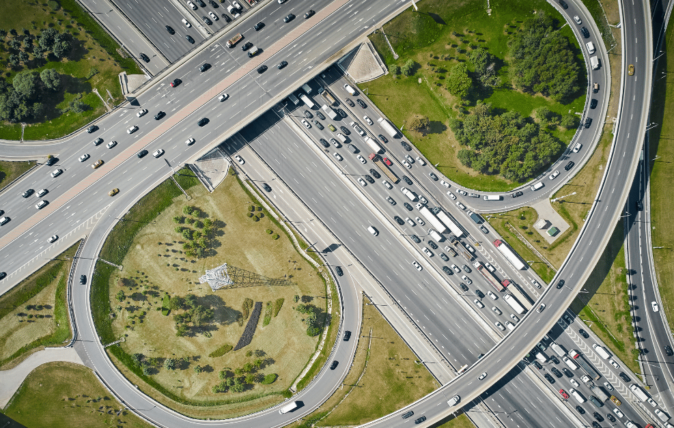Security at Sporting Events — What Goes Into Protecting Fans, Athletes, and Stadiums

If you’ve ever been to a sporting event, you’ve experienced the age-old somewhat thorough bag check and metal detector walk through. I’ve often gotten to the other side of those security checks and thought to myself, “did they even look in my bag?” In reality, this “protocol” only breaks the surface of entertainment and sports security management. The details of security at sporting events are intricate beneath the surface, often unseen by the average spectator, and are growing to include aspects we couldn’t imagine a decade ago due to technology advancements in protective intelligence.
With the volume and types of threats increasing each week, no solution is entirely perfect, but stadium security teams can and should take a logical approach to creating a threat assessment plan for sporting venues. Protective intelligence is needed to do this effectively.
This is especially important given the complexity that goes into creating and managing a stadium security plan large-scale events, like the Olympics or US Open. Keeping tabs not only on guests (sometimes hundreds of thousands), VIPs, and athletes, but also multiple venues, is a challenge. On top of that, security at sporting events need to be aware of other factors such as weather, transportation disruptions, and the political climate (i.e., likelihood for any violent activity or unrest that may impact reputation, such as protests). With the threat environment always changing, contingency planning and situational awareness is an ongoing effort. Real-time intelligence plays an integral role.
However, there’s always the unknown. “You think you plan for everything and then we introduce 20,500 human beings into the building and then you learn how things behave and the surrounding neighborhoods react,” shares Mike Fogel, Director of Safety and Security for Austin FC.
It’s not always those worst-case scenarios that need your time, but the ordinary incidents that teams need to be aware of — one of the most common being unruly fans. While many brands have enthusiastic fans, they are not diehards like sports fans. Since fans have such an emotional connection to the game and the team, they tend to lean towards being fanatical.
It’s difficult to have a conversation about an event without factoring in COVID-19. The pandemic has certainly turned many sports venue’s security strategies upside down, but stadium security technology has gone leaps and bounds to improve safety and security in sports venues with touchless access points that can detect if guests are wearing a mask.
Frank Rodman, President and Co-Founder of TorchStone Global, shares, “COVID has truly influenced the use of technology to improve security in ways we never thought of before.” Frank has over twenty-five years of experience building security solutions for diplomats, business leaders, and ultra high net worth families — developing sophisticated strategies to decrease risk.
COVID has also affected staffing and workforce mentality. The uncertainty of, if a game will be played or ensuring that staff members feel comfortable is a common obstacle. Motivating staff is especially hard when you are commonly dealing with contract security staff working at multiple venues.
Many professional athletes are committed to building their brand, in addition to their skills on the field. Social media is a huge part of this territory. For all of its benefits it has a tendency to draw in negative interest – often in the form of stalkers. The fact that many athletes’ routines are predictable and publicly known makes them easier targets for pursuers, creating a need for both physical and cyber security in sports.
In the end, when it comes to sporting and entertainment experiences, balance is key. Rodman shares, “The principle of proportionality is a driving force. You have to weigh the security measures put in place with the venue’s desire to produce an enjoyable, well-attended, and profitable event.”
To learn more about protecting high-profile individuals and those they are surrounded by, beyond security at sporting events, take a look at our checklist — How to Assess Your Executives’ Footprint to Identify Threats.




